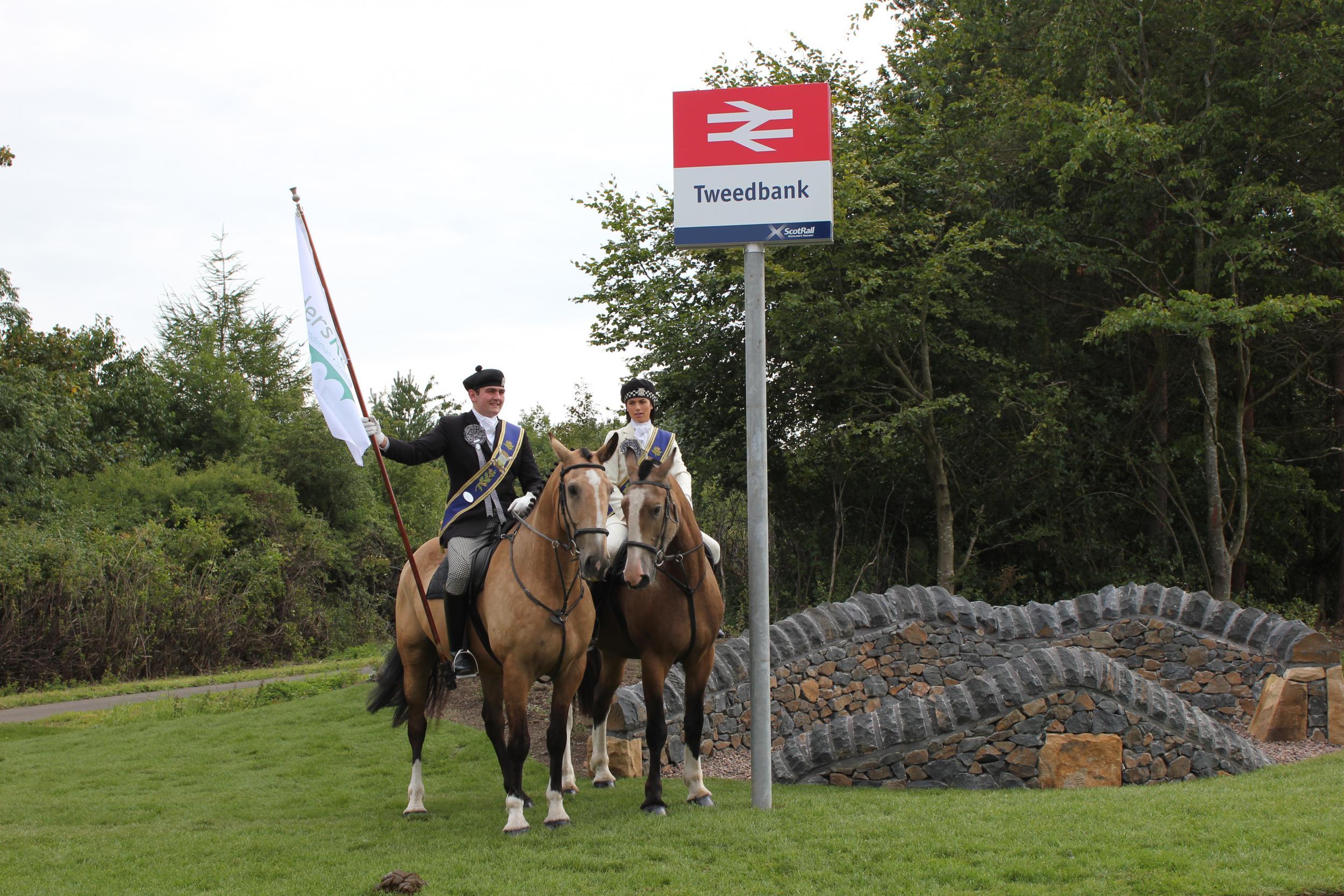The railway routes the Government could restore to reconnect coasts with cities and countryside
The Man Who Pays His Way

Your support helps us to tell the story
From reproductive rights to climate change to Big Tech, The Independent is on the ground when the story is developing. Whether it's investigating the financials of Elon Musk's pro-Trump PAC or producing our latest documentary, 'The A Word', which shines a light on the American women fighting for reproductive rights, we know how important it is to parse out the facts from the messaging.
At such a critical moment in US history, we need reporters on the ground. Your donation allows us to keep sending journalists to speak to both sides of the story.
The Independent is trusted by Americans across the entire political spectrum. And unlike many other quality news outlets, we choose not to lock Americans out of our reporting and analysis with paywalls. We believe quality journalism should be available to everyone, paid for by those who can afford it.
Your support makes all the difference.Hope was almost extinguished in the 1960s, as was the neighbouring station of Edale. These two Derbyshire halts provide access to the best parts of the Peak District National Park, with Edale also marking one end of the Pennine Way. Had Dr Richard Beeching had his way, they would have been among the thousands of UK stations closed, on the grounds of being “clearly uneconomic”.
Hope and Edale were listed for closure in The Reshaping of British Railways – the 1963 report in which “reshaping” was used in the sense of ‘ripping apart limb by limb’.
Looking at the prescription for “the elimination of those parts of the system which are obviously unsound”, the report could have been subtitled: How We Plan to Wreck the UK Tourist Industry for Future Generations.
When the Carmarthen-Aberystwyth line closed, the remains of the beautiful abbey of Strata Florida in mid-Wales became harder to reach than the Sunshine State. Wells in Somerset still has a cathedral, but no longer a station. In Scotland, Crieff came to grief, along with every station between Edinburgh and Carlisle; the northern section of the Borders Railway has, thankfully (and expensively), been resuscitated.
“We should expect the provision of railways to be limited to routes over which it is possible to develop dense flows of traffic,” insisted Dr Beeching.
The line from Manchester to Buxton, winding thrillingly through hills and valleys to provide access to England’s highest town, was on the list. As accountants prevailed over aesthetics, the lines from Carlisle to Settle and Shrewsbury to Swansea were prime candidates for closure. And two of Scotland’s prettiest routes, from Fort William to Mallaig and Inverness to Kyle of Lochalsh, found themselves on railway’s death row.
Fortunately, what the doctor ordered wasn’t carried out to the letter. These and other survivors, such as the Cornish spurs to St Ives and Looe, don’t deliver “dense flows of traffic” year-round. But they do provide rail access to key holiday destinations and help ease the burden on inadequate roads.
The latest big idea from the Department for Transport is to reverse some of the Beeching dismemberment. The “strategic vision for rail” aims to restore capacity lost under the cuts of the Sixties and Seventies by “identifying new schemes that unlock new housing or economic growth and offer good value for money”.
After I wrote about the cunning new plan, plenty of readers got in touch to recommend rail resurrections. David More insists that “the line from Carlisle to Stranraer should be reinstated”, while Sandra Leaton Gray says: “A seriously modern direct link on top-quality trains from Scunthorpe to Liverpool – calling at places like Doncaster, Leeds and Manchester – would transform the northern economy in ways people can barely imagine.”
Sadly, as the Government wobbles and the Brexit brake slows the economy, such grand projects are off the agenda for a decade or two. Instead, the best we can hope for is some sensible microsurgery that reconnects the coast with cities and countryside.
Correlation does not imply causation, but many of Britain’s seaside resorts went into decline after their rail links were cut. On either side of Exmoor National Park, Minehead and Ilfracombe have seen better days. Most of the West Somerset line to Minehead has been preserved by enthusiasts, and only a tantalising few miles stand between the present terminus of Bishop’s Lydeard and Taunton, on the national rail network served by trains from as far away as Aberdeen. And much of the 14-mile line between Barnstaple and Ilfracombe is still recognisable.
Initially, though, the Government can go for some easy wins. Trains still run from the GWR line to Fowey in Cornwall, but they are all freight. A new passenger terminus would revive the link and reduce the traffic. And thanks to the splendid efforts of volunteers at the Swanage Railway, this Dorset resort already has a viable link with the main South Western Railway at Wareham: it just needs some normal trains.
Once the benefits start to flow, resorts from Lyme Regis at the other end of Dorset to Robin Hood’s Bay in North Yorkshire will demand reconnection with the rest of the nation. As Britain retreats from the rest of the world, that would at least be something to celebrate.
Join our commenting forum
Join thought-provoking conversations, follow other Independent readers and see their replies
Comments